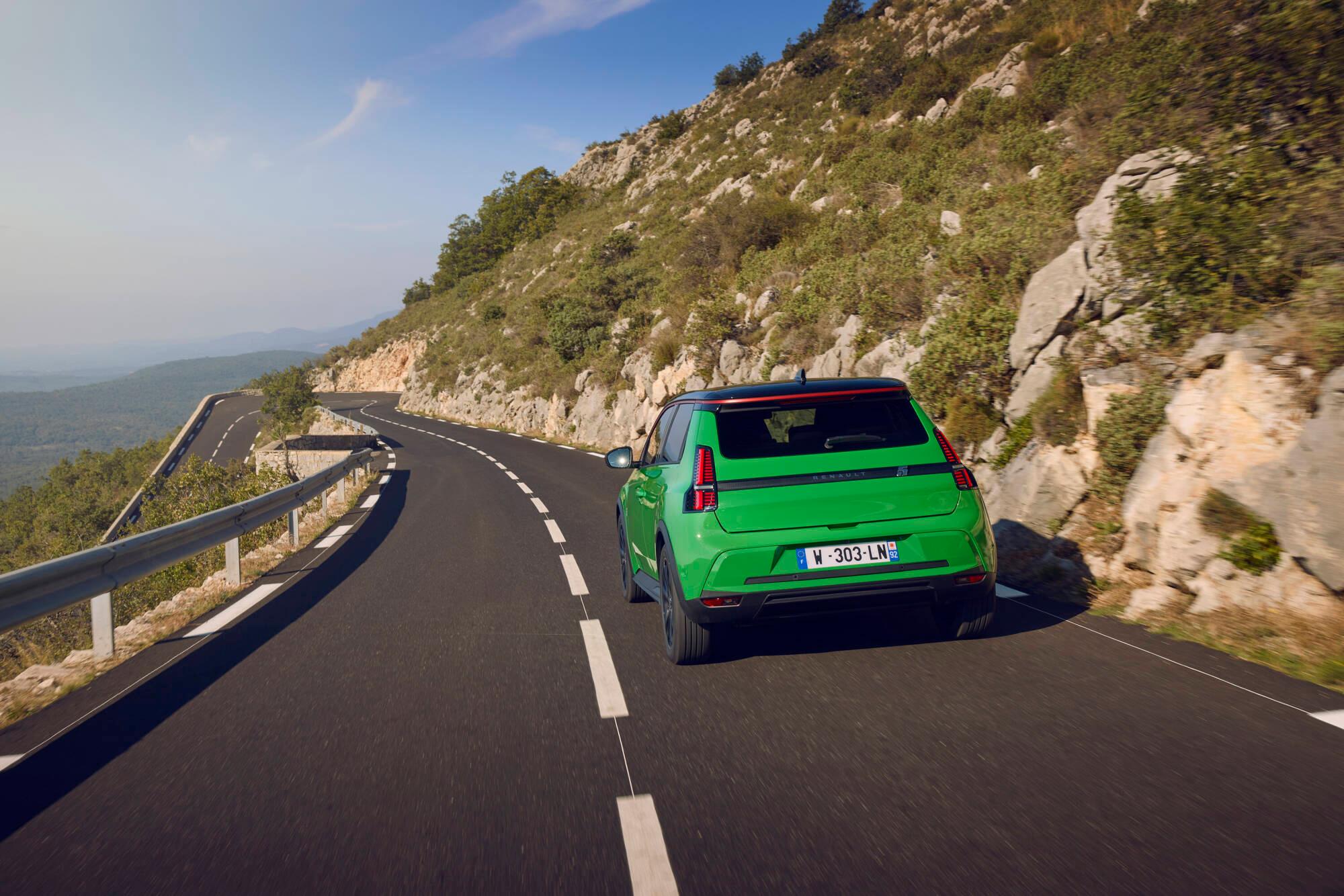1. Landscape of network operators
France has a highly centralized energy system that is dominated by a few large players. One particular advantage is that there is one overarching grid operator: Enedis. This makes it easier to implement decisions and innovations such as V2G because there is less need for coordination between different grid operators.
Germany, however, has a fragmented energy market with almost 900 grid operators. This makes the coordination of V2G projects at a national level much more difficult, as there is still no standard for vehicle-to-grid among the many grid operators.
2. Different electricity markets
As far as the peculiarities of the electricity markets are concerned, there is actually more to be said for starting with V2G in Germany. Why?
- France purchases more nuclear power and has a comparatively large amount of water storage capacity. This combination means that the pressure on the French energy system, and on the electricity grid in particular, is still low.
- Although there are fewer fluctuations due to renewable energies than in Germany, V2G can also prove to be useful for the grid here.
- Germany is heavily reliant on volatile renewable energies as part of the energy transition. This makes the grid more susceptible to fluctuations. V2G can compensate for precisely these fluctuations. The German electricity market would be predestined for bidirectional charging. Bidirectional charging would allow more renewable energy to be used than has been possible to date.
3. Regulatory and technical requirements
There are key differences in the smart meter rollout:
- France started the smart meter rollout over 10 years ago, creating ideal conditions for bidirectional charging. Smart meters are at the heart of bidirectional charging.
- Germany: So far, there has been a lack of smart meters here, which is also due to the lack of standards among the many grid operators. Bidirectional charging is not possible in practice without smart meters.
Financial incentives: Grid fees in particular differ greatly in the two countries.
- In France, consumers already benefit from financial incentives when using V2G: with an all-inclusive package like ours, which we offer with Renault and Mobilize, you can even earn up to €50 per month if you plug in your vehicle regularly. According to a study by the Forschungsstelle für Energiewirtschaft (FfE), up to €370 per vehicle per year is possible1.
-
In Germany, on the other hand, consumers still have to pay
double taxes and levies when they use V2G. Bidirectional charging is
therefore not yet economically attractive due to the high installation costs
of smart meters and double grid charges when feeding energy back into the
grid.
4. Manufacturer initiatives
France: Close cooperation between energy suppliers and vehicle manufacturers such as Renault, which developed V2G-capable vehicles and charging infrastructure at an early stage, is promoting V2G products.
Although Germany is not lagging behind technologically, the major manufacturers (such as VW or Mercedes-Benz) have only made a concrete commitment to V2G at a late stage or are focusing more on vehicle-to-home (V2H) or vehicle-to-load (V2L). However, the first concrete V2G product is expected to be launched on the German market in 2025.
5. Early pilot projects & political support
France launched several pilot projects from around 2018, e.g. in cooperation with island grids (e.g. La Réunion) or urban projects. The government saw V2G early on as a building block for grid stability.
In Germany, there were numerous pilot projects, for example by us with partners such as Nissan, Groupe Renault or Audi - you can find an overview here - but implementation on a larger scale remained theoretical because the framework conditions in Germany were not yet ready.
Conclusion: France relies on clear rules, centralized control and an active industry - Germany is held back by its inconsistent network of grid operators. France has overtaken Germany because there is only one large grid operator, because there are smart meters throughout the country and because Renault, the first commercial V2G offer, is a strong car manufacturer as a partner behind the innovation.
